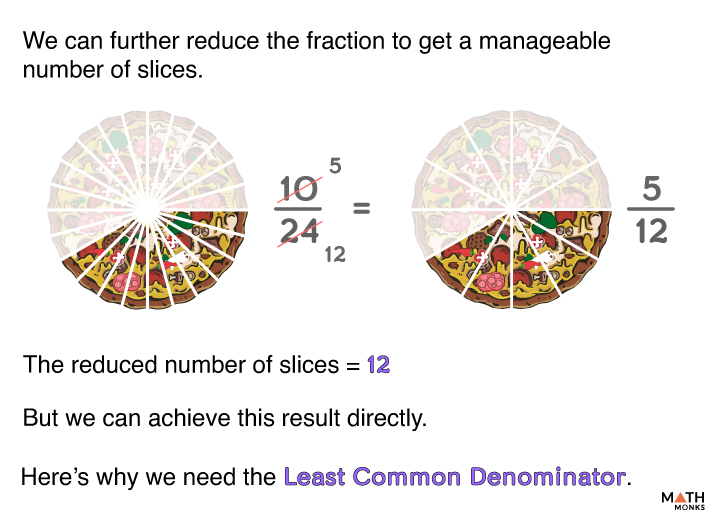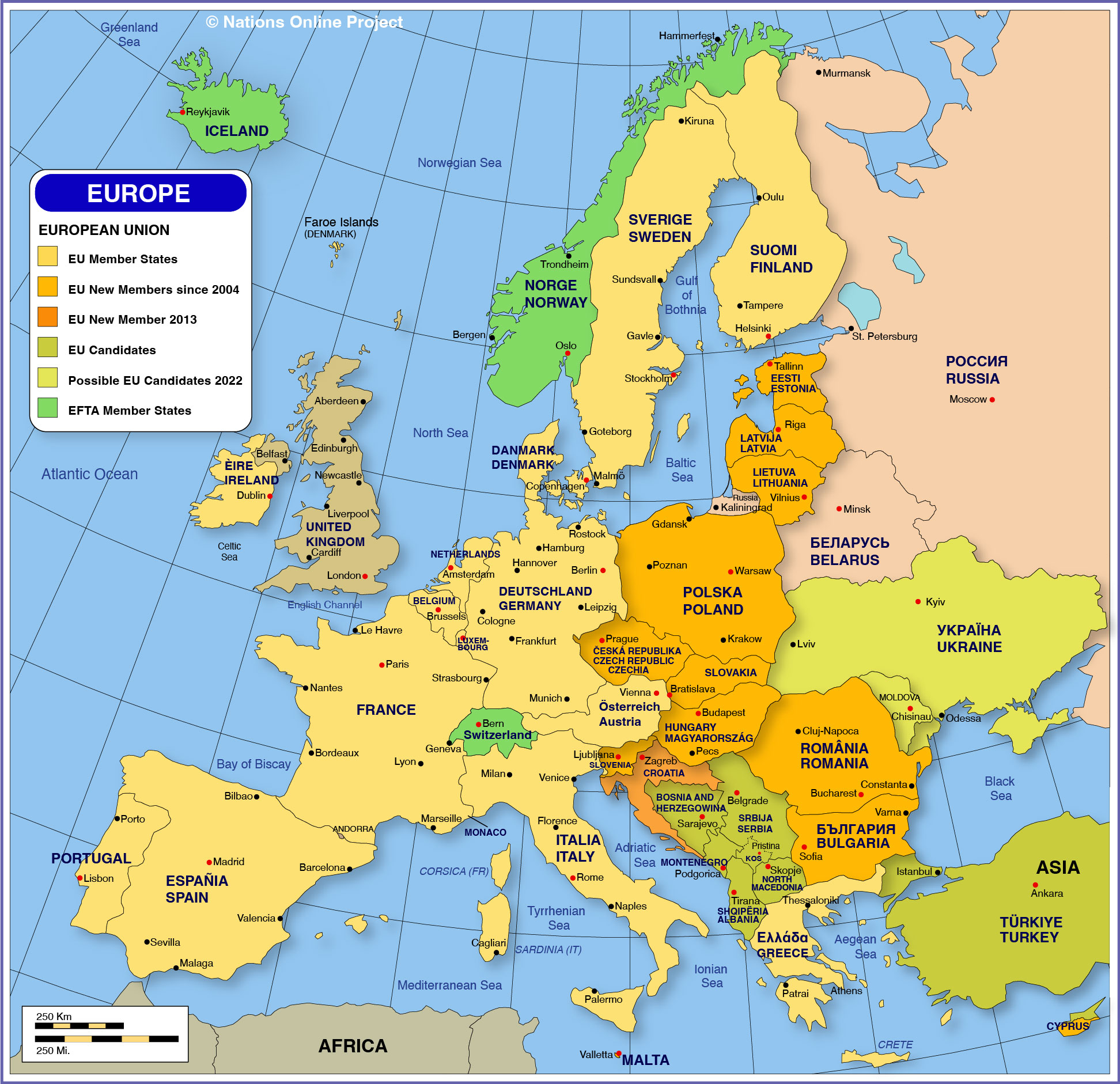
The Home Fortress: A Comprehensive Guide to Conceding the Least Goals at Home
In the beautiful game of football, the adage "attack wins games, defense wins championships" often rings true. While dazzling offensive displays capture headlines, the bedrock of any successful team is an impenetrable defense. This holds particularly true when playing on home soil, where the expectation is not just to win, but to dominate and protect one’s territory. Conceding the least goals at home isn’t merely about statistics; it’s about building an unyielding fortress, instilling confidence, and laying the foundation for consistent success.
This comprehensive guide delves into the multi-faceted approach required to transform your home ground into a defensive stronghold, minimizing goals conceded through tactical acumen, individual brilliance, collective synergy, and psychological fortitude.
The Philosophy of the Home Fortress
Before diving into specifics, it’s crucial to establish the underlying philosophy:
- Collective Responsibility: Defending is not just the job of the backline or goalkeeper. Every player, from the striker to the substitute, must understand and commit to their defensive duties.
- No Easy Chances: The objective is to make every attacking move by the opposition incredibly difficult, forcing them into low-percentage shots or errors.
- Concentration for 90+ Minutes: Lapses in focus, especially in the dying minutes of halves, are often punished. Vigilance must be absolute.
- Pride in Clean Sheets: Cultivate a culture where a clean sheet is celebrated as much as a goal, fostering a competitive defensive spirit.
I. Tactical Masterclass: Shaping Your Defensive Strategy
The tactical setup is the blueprint for your defensive solidity. It dictates how players position themselves, press, and react to different game situations.
-
Choosing the Right Formation:
While formations vary, the key is balance and defensive compactness.- 4-4-2: A classic, offering two banks of four that are difficult to break down. It provides good width and central coverage, making it hard for opponents to play through the lines.
- 4-2-3-1: Emphasizes a strong defensive midfield pivot (the two ‘2’s), shielding the back four. This allows full-backs to push higher while maintaining central solidity.
- 3-5-2 / 5-3-2: Provides numerical superiority at the back, especially against teams with two strikers. The wing-backs are crucial for providing width in attack and tracking back defensively. It can be vulnerable if wing-backs are caught high.
- Understanding Strengths & Weaknesses: Every formation has inherent strengths and weaknesses. The chosen formation should complement your players’ abilities and counter the opposition’s typical attacking patterns.
-
Defensive Shape and Compactness:
This is perhaps the most critical tactical element.- Narrow and Deep: When the opponent has the ball in wide areas, the defensive block should shift across, becoming narrow and deep, denying central penetration and forcing the ball wide.
- Horizontal and Vertical Compactness: Minimize the space between defensive lines (vertical compactness) and between players within a line (horizontal compactness). This denies opponents pockets of space to receive the ball between the lines.
- Zonal Marking vs. Man-Marking: A hybrid approach often works best. Zonal marking covers dangerous areas, while man-marking can be applied to key opposition players in specific situations (e.g., in the box during set pieces). The primary focus should be on occupying dangerous zones first.
-
Pressing Schemes:
How and when you engage the opponent with the ball.- High Press: Engaging the opponent deep in their half, aiming to win the ball back quickly and high up the pitch. Requires immense fitness, coordination, and a willingness to commit players forward. If broken, it can leave large spaces behind.
- Mid-Block: Allowing the opponent to progress into your half before engaging, typically around the halfway line. This conserves energy and limits the space behind your defense.
- Low Block: Sitting deep, often with 10 players behind the ball, particularly effective against technically superior teams or when protecting a lead. Requires extreme discipline, concentration, and patience.
- Pressing Triggers: Define clear triggers for when to press (e.g., a bad touch, a backward pass, a pass into a specific zone). This ensures the press is coordinated and effective.
-
Counter-Pressing:
The immediate reaction after losing possession. When the ball is lost, the closest players should immediately press the ball carrier to win it back quickly or force an error. This prevents counter-attacks and maintains pressure.
II. Individual Brilliance and Collective Synergy
Tactics are blueprints, but players execute them. Individual quality and seamless teamwork are non-negotiable.
-
The Goalkeeper: The Last Line of Defense:
- Command of the Area: Dominating the penalty box, claiming crosses, and organizing the defense.
- Shot-Stopping: The fundamental skill, but also positioning to make saves easier.
- Distribution: Smart distribution can relieve pressure and initiate attacks.
- Communication: Constant, clear communication with the backline, especially during transitions and set pieces.
-
The Defenders: The Core of the Fortress:
- Centre-Backs: Leadership, aerial dominance, strong tackling, anticipation, and excellent reading of the game. They must be comfortable stepping out to intercept and initiating play from the back.
- Full-Backs: A critical balance between defensive diligence (tracking wingers, closing down wide attacks) and offensive contribution. Their ability to recover quickly is vital.
- Defensive Midfielders (CDM): The shield in front of the back four. Intercepting passes, breaking up play, winning second balls, and covering for attacking full-backs. They must be excellent at screening and protecting the central channels.
-
Midfielders: The Engine Room:
- Pressing & Tracking: Midfielders are the first line of defense in the middle third, responsible for tracking runners, closing down passing lanes, and winning duels.
- Support & Cover: Providing defensive support to full-backs and centre-backs, ensuring numerical superiority in defensive areas.
-
Forwards: The First Line of Defense:
- Pressing from the Front: Initiating the press, forcing errors from the opposition’s defenders and midfielders, and denying easy build-up play.
- Channeling Opponents: Guiding the opponent’s play into less dangerous areas, making it easier for midfielders and defenders to win the ball.
-
Communication: The Glue that Binds:
- Constant Dialogue: Players must be talking constantly – warning teammates of danger, calling for pressing, indicating marking responsibilities.
- Clear and Concise: Instructions should be brief and actionable ("Man on!", "Step!", "Cover!").
- Non-Verbal Cues: Hand gestures, eye contact, and body language also play a crucial role in defensive organization.
-
Understanding Roles and Responsibilities:
Every player must know their primary defensive role within the team’s system, but also be aware of the need to cover for teammates when they are out of position or committed to a challenge. This ‘shuffling’ and ‘covering’ is essential for maintaining defensive shape.
III. Mastering the Set Piece Domain
A significant percentage of goals conceded come from set pieces. Mastering this area is non-negotiable.
-
Defensive Corners:
- Clear Marking System: Whether zonal, man-to-man, or a hybrid, every player must know who/where they are responsible for.
- Aggressive First Ball: Dominating the aerial duel for the initial cross.
- Second Ball Anticipation: Being ready to react to clearances or flick-ons, preventing follow-up shots.
- Goalkeeper’s Role: Commanding the six-yard box, calling for the ball, and punching/catching when appropriate.
-
Defensive Free Kicks:
- Wall Organization: Setting up the wall quickly and effectively, ensuring no gaps and good coverage of the near post.
- Runners & Markers: Identifying key opposition players and assigning markers to prevent them from getting a free run.
- Offside Trap (if applicable): Some teams use this, but it requires perfect timing and high risk.
- Goalkeeper’s View: Ensuring the wall doesn’t block the goalkeeper’s view of the ball.
-
Throw-ins:
Often overlooked, long throws can be as dangerous as corners. Defend them with similar intensity, marking effectively in the box.
IV. Training Ground Excellence
Defensive solidity is built on the training pitch through repetition, specific drills, and tactical understanding.
-
Defensive Drills:
- Shadow Play: Practicing defensive shape and movement without opposition, focusing on compactness and shifting.
- Small-Sided Games (SSGs): Designing SSGs with specific defensive objectives (e.g., "no goals conceded for 5 minutes," "force play wide").
- Defensive Overload Drills: Practicing defending when outnumbered (e.g., 2v3, 3v4) to improve decision-making under pressure.
- Transition Drills: Simulating losing possession and immediately reacting to defend the counter-attack.
-
Physical Conditioning:
- Endurance: The ability to maintain defensive intensity for the entire match, including tracking runners and pressing.
- Agility & Speed: Crucial for closing down space, changing direction, and recovering.
- Strength: For winning aerial duels and physical duels.
-
Mental Fortitude:
- Concentration: Drills that require sustained focus for long periods.
- Resilience: The ability to bounce back from mistakes and maintain defensive discipline.
- Patience: Not being drawn out of position easily, especially against patient attacking teams.
V. Pre-Match Preparation and Post-Match Analysis
-
Opposition Scouting:
- Identify Key Threats: Who are their main goal-scorers, playmakers, and set-piece takers?
- Attacking Patterns: Do they prefer to attack through the wings, centrally, or with long balls? Do they use specific set-piece routines?
- Player Weaknesses: Are there any players prone to losing possession or who can be pressed effectively?
- Video Analysis: Using footage to educate players on the opponent’s movements and tendencies.
-
Game Plan Adaptation:
Based on scouting, adapt your defensive strategy to nullify the opponent’s strengths. This might involve specific marking assignments, adjusting your pressing line, or focusing on denying certain areas of the pitch. -
Post-Match Video Analysis:
Reviewing conceded goals and defensive errors in detail. Learning from mistakes is vital for continuous improvement. This should be a constructive process, focusing on solutions rather than blame.
VI. The Unseen Advantage: The Home Crowd
While not a tactical element, the home crowd plays a significant, often underestimated, role in defensive solidity.
- Intimidation Factor: The roar of the home crowd can rattle opposition players, leading to hurried decisions and errors.
- Motivation: The fervent support can lift the home team, giving them that extra burst of energy for a vital block, tackle, or clearance.
- Psychological Edge: A united home crowd creates an atmosphere where the players feel a profound sense of responsibility to protect their territory, turning the stadium into a hostile environment for the opposition.
Conclusion
Building a home fortress where goals are a rare commodity is a challenging yet rewarding endeavor. It demands a holistic approach encompassing meticulous tactical planning, disciplined individual execution, seamless collective synergy, rigorous training, and intelligent pre- and post-match analysis. It requires a mindset where every player takes immense pride in denying the opponent, where communication is constant, and where concentration never wavers.
By committing to these principles, a team can transform its home ground into an impregnable stronghold, a place where clean sheets are the norm, and where the foundation for long-term success is firmly laid. In football, as in life, defense often starts at home.



